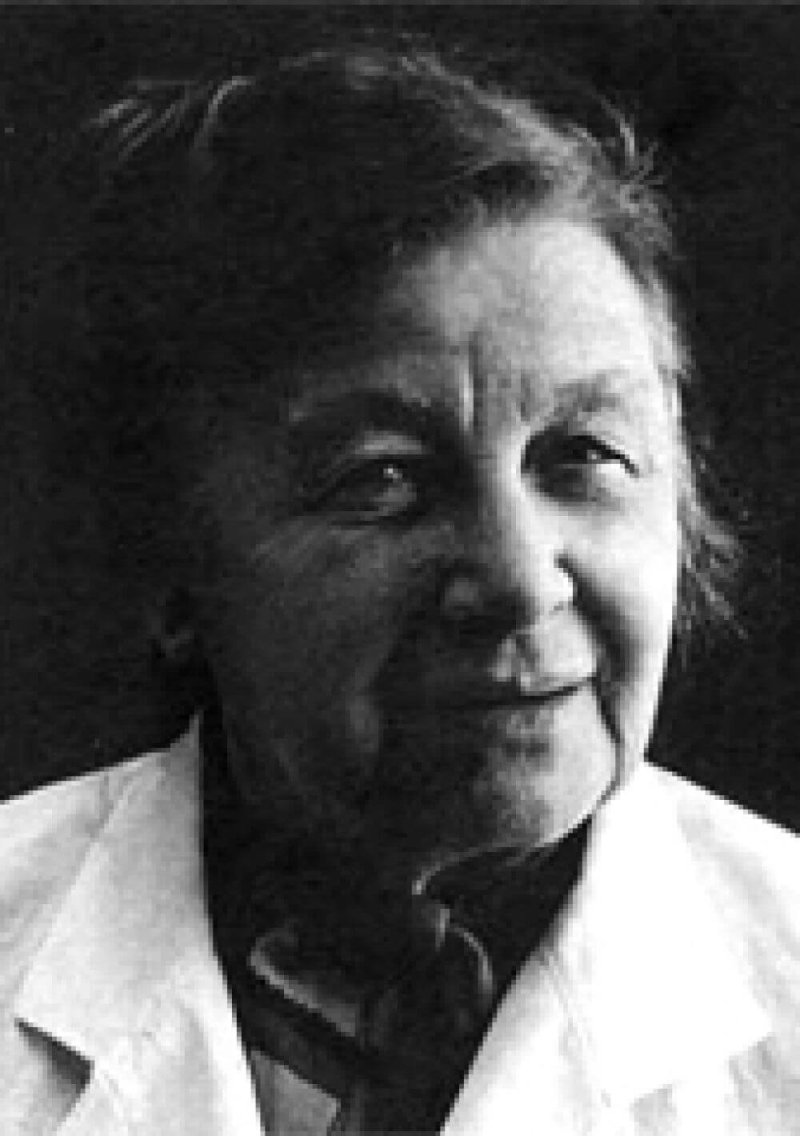‘Autistic’ was a relatively new adjective in psychiatry at the time. About a decade earlier, Swiss psychiatrist Eugen Bleuler had coined the term to describe the social withdrawal and detachment from reality often seen in children with schizophrenia. Sukhareva’s characterization came nearly two decades before Austrian doctors Leo Kanner and Hans Asperger published what have long been considered to be the first clinical accounts of autism.
…
In 1925, Sukhareva published a paper describing in detail the autistic features the six boys shared. Her descriptions, though simple enough for a nonspecialist to understand, were remarkably prescient. “Basically, she described the criteria in the fifth edition of the Diagnostic and Statistical Manual of Mental Disorders (DSM-5),” says [psychiatrist] Irina Manouilenko.
…
Sukhareva wrote that her goal was to help the children “stay connected with real life, its tempo and movement.” Given her sensitivity and intuition as a clinician, it’s unfortunate that the research community in the West was not connected with her ideas during her life.
Read full, original post: How history forgot the woman who defined autism































